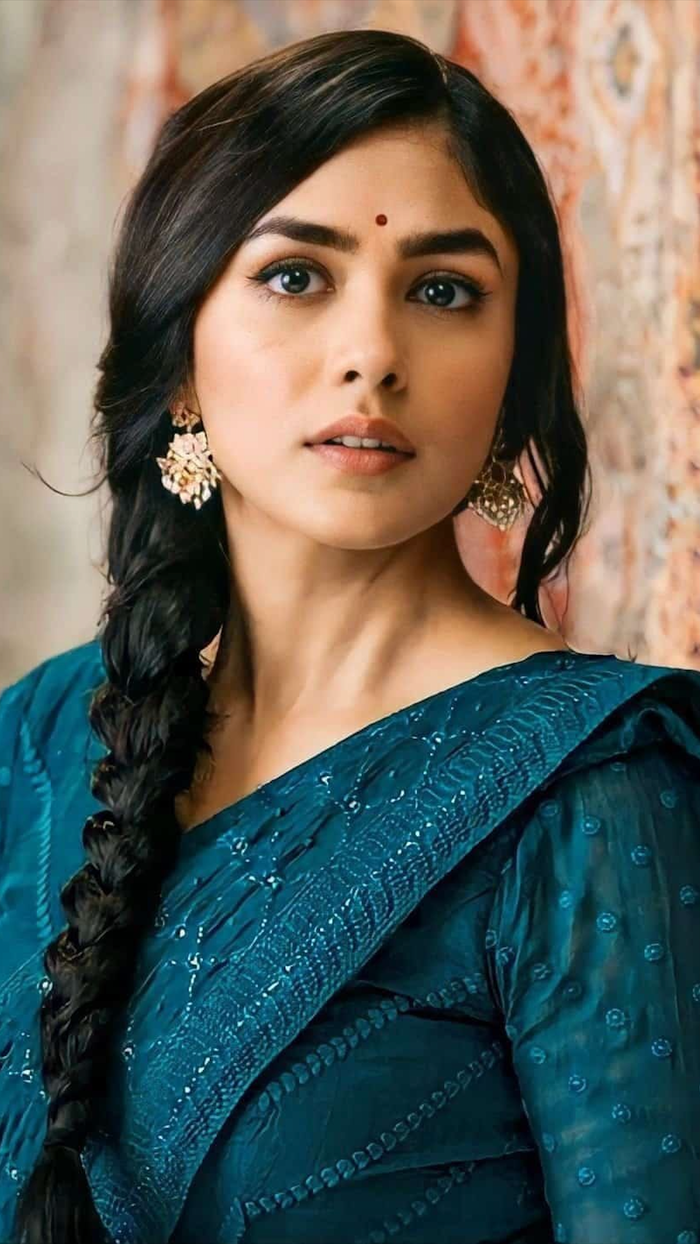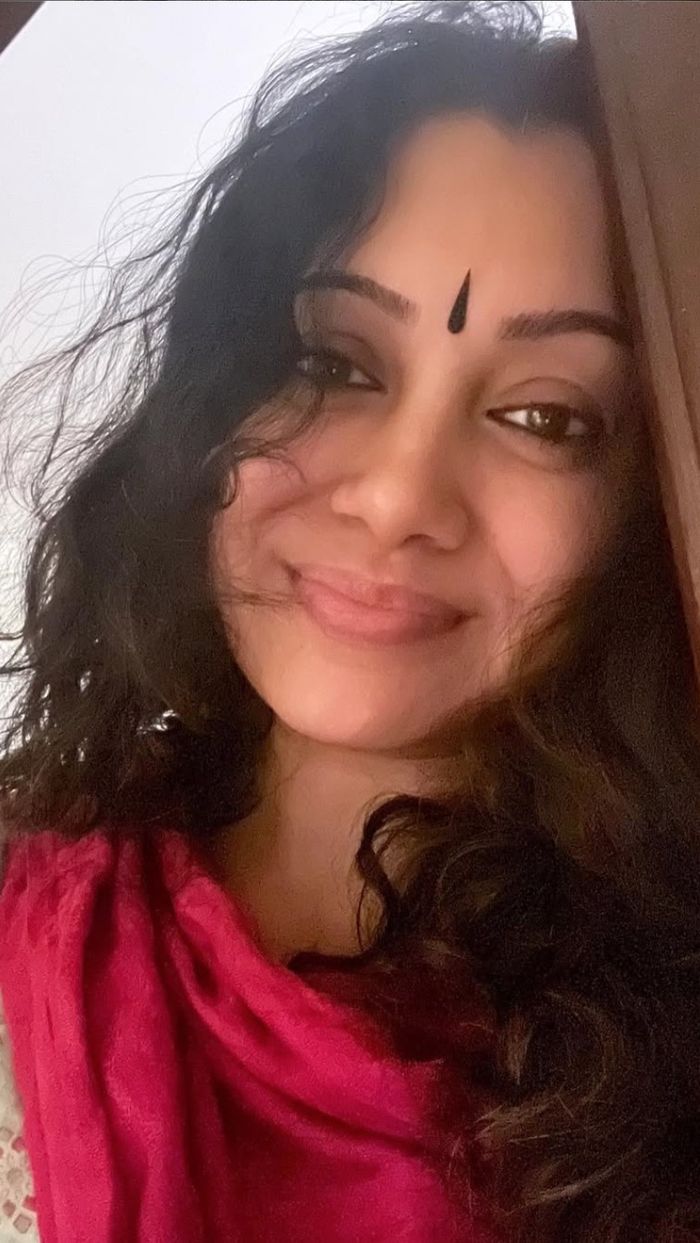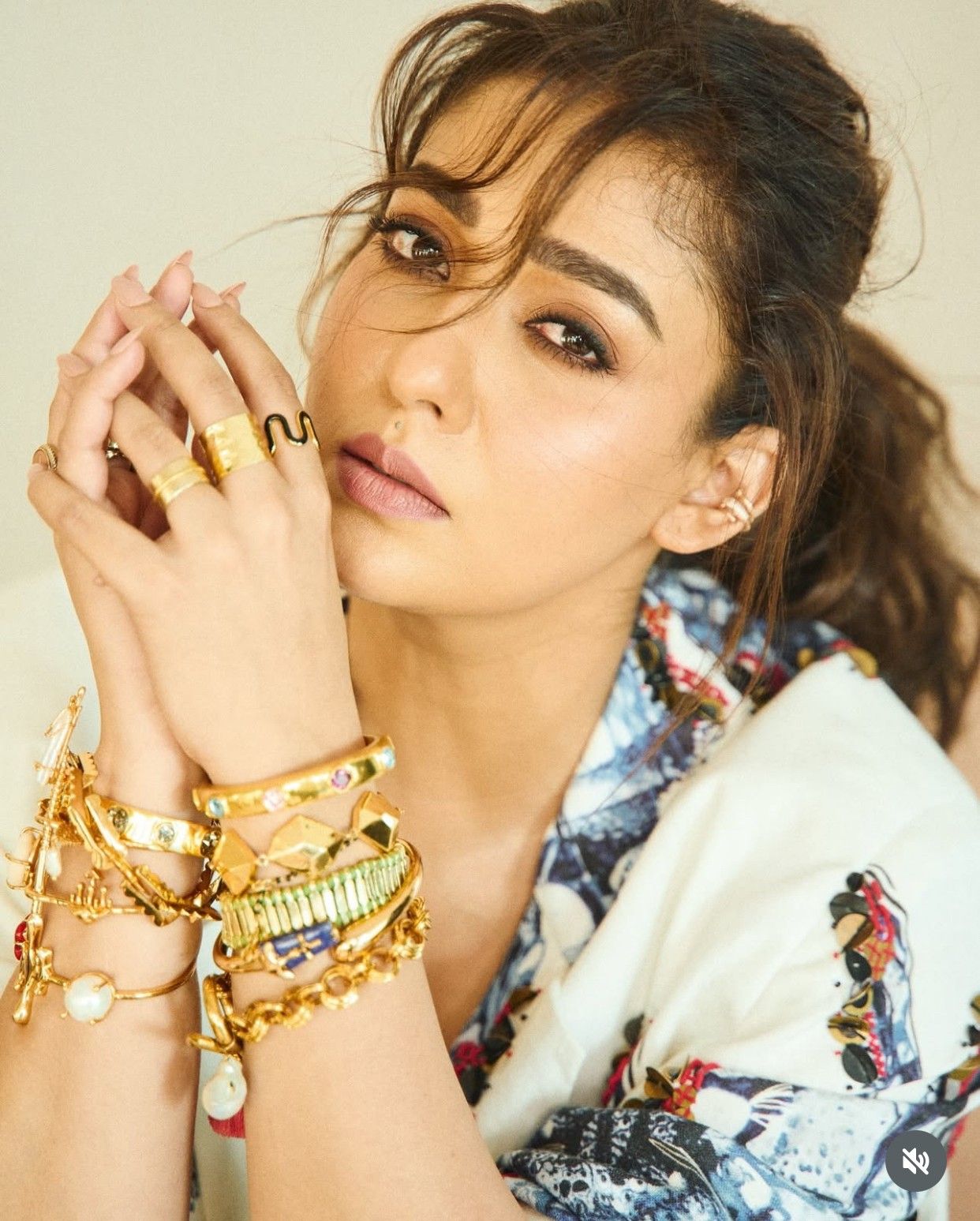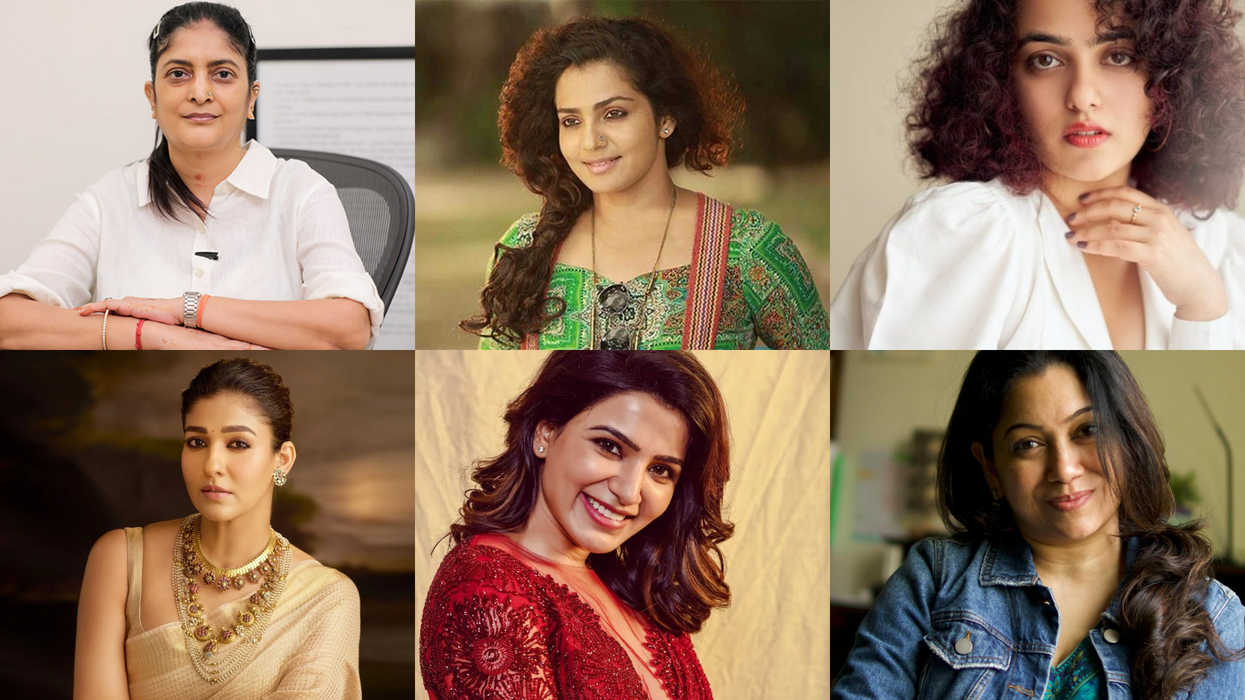For decades, South Indian cinema followed a familiar pattern of male-centric storytelling, where women were confined to supporting roles. They appeared as love interests, dutiful wives, eye candy, or characters whose arcs revolved entirely around the male protagonist.
Today, that has changed. Female leads now occupy central roles, their names headline posters, and their characters break free from predictable stereotypes. This transformation is no accident. It stems from a growing presence of women in the industry – actors demanding better scripts, filmmakers crafting stronger women-led narratives, and audiences embracing the shift.
Taking control
Filmmakers are increasingly exploring stories that push beyond conventional female roles. Gargi (2022) centres on a woman seeking justice within a flawed legal system.
The Great Indian Kitchen (2021) lays bare the burden of unpaid domestic labour and the weight of patriarchy. Kaathal – The Core (2023) explores a woman’s emotional journey after her husband comes out as gay. Sita Ramam (2022) gives its female lead purpose beyond romance, positioning her as integral to the narrative. Amaran (2024) features Sai Pallavi as a military wife whose emotional depth adds heart and soul to the biopic.
These films demonstrate that when stories about women are well told, audiences respond.

Power behind the camera
A major reason that better roles for women exist today is the rise of empowered females working behind the scenes. Female directors, writers, producers and technicians are reshaping narratives.
Sudha Kongara, known for Irudhi Suttru and Soorarai Pottru, crafts compelling films with strong female characters. Anjali Menon, the writer-director of Wonder Women and Bangalore Days, brings the female experience to the fore. Halitha Shameem, who debuted with Poovarasam Peepee (2014), gained acclaim with Sillu Karupatti (2019), an anthology that beautifully portrayed human relationships. Her storytelling is noted for its sensitivity and depth.
Kiruthiga Udhayanidhi entered the Tamil industry with Vanakkam Chennai (2013), and her recent film Kadhalikka Neramillai shows her ability to make mature and complex romance films. Cinematographer Yamini, known for Saani Kaayidham, is one of the few women redefining visual storytelling in the region. Actress-producer Aishwarya Lekshmi supports projects that centre on complex female characters.
While this shift began in the early 2000s, the past decade has seen genuine, lasting change.

Double standards
Despite progress, gender disparity remains. Female actors still face harsher scrutiny than their male counterparts. While male stars survive flops and continue to secure lead roles, women often struggle to do the same.
Actress Aishwarya Rajesh highlighted this issue at an awards ceremony, pointing out that women-led films are often judged by a different standard. A handful of box office setbacks can stall a female actor’s career, while male actors continue to be cast despite similar failures.
Films such as Mahanati (2018), Ponmagal Vandhal (2020), Uyare (2019), and Take Off (2017) have shown that strong women-led narratives resonate with audiences. Actresses such as Trisha and Nayanthara have sustained long careers by consistently taking on roles that extend beyond being the hero’s romantic interest. They continue to prove that women-led cinema can succeed on its own merit.

The future
South Indian cinema is gradually evolving towards more balanced representation. Increasingly, filmmakers are choosing to tell stories led by strong female characters. More women are leading films and producing their own projects. The industry still has ground to cover – but one thing is certain: the future of South Indian cinema is not only about heroes. It is about heroines who refuse to be side-lined.






 The play is written by Tarun Jasani and directed by Mukul AhmedMGT
The play is written by Tarun Jasani and directed by Mukul AhmedMGT






